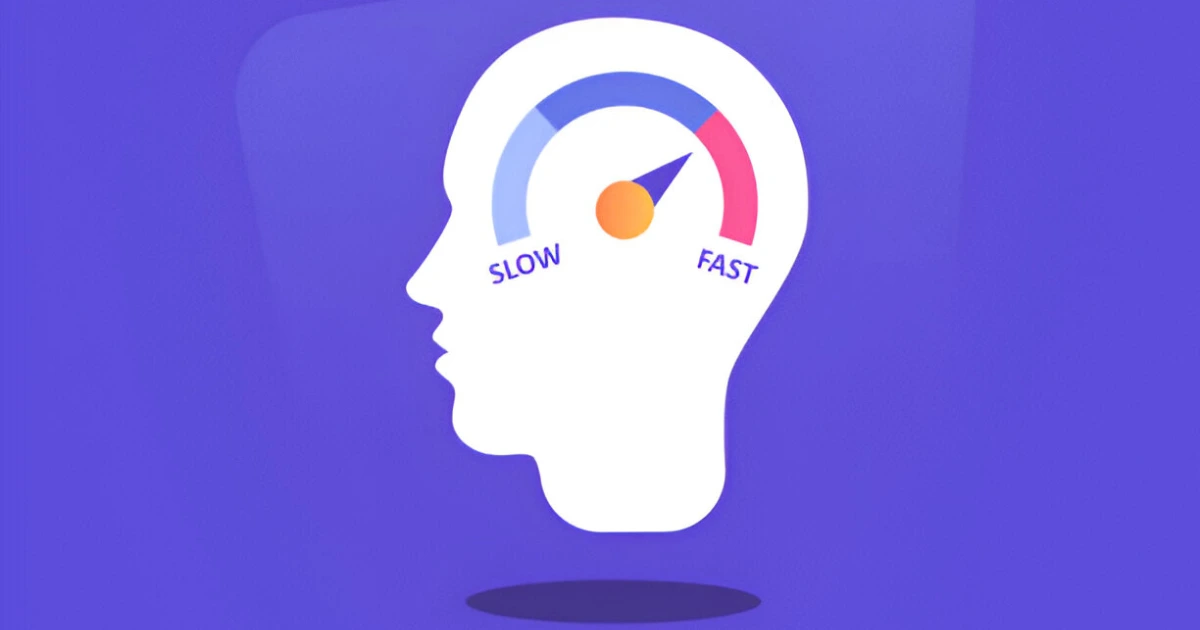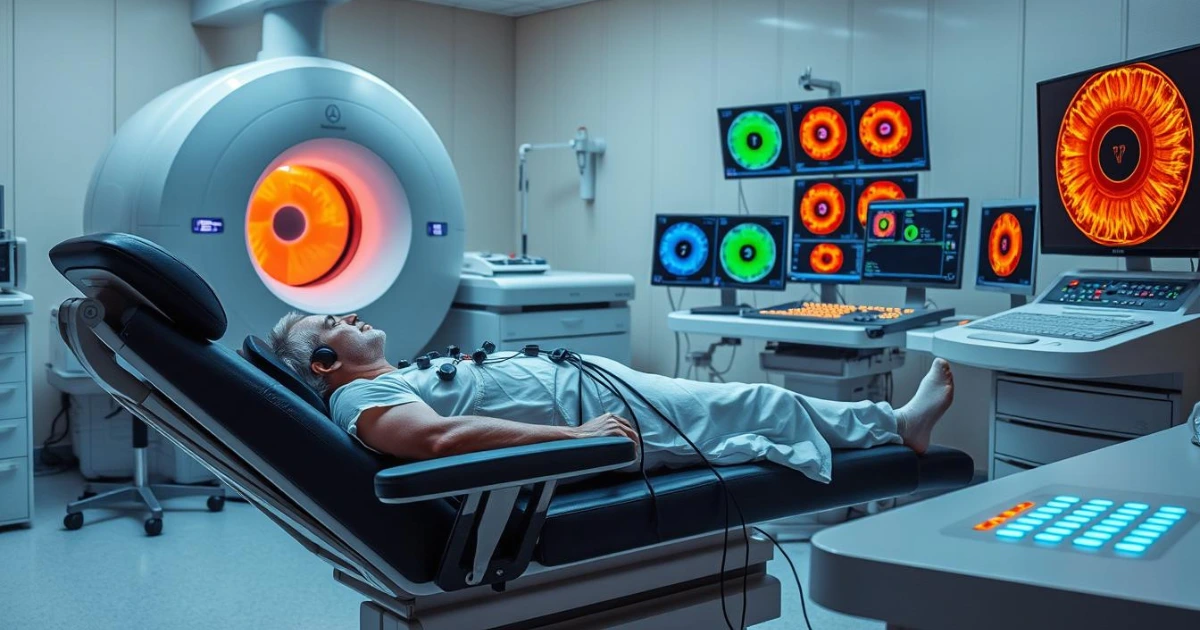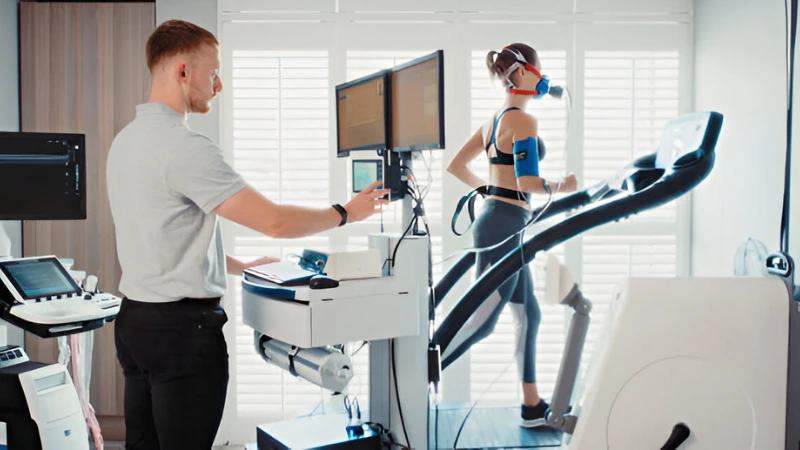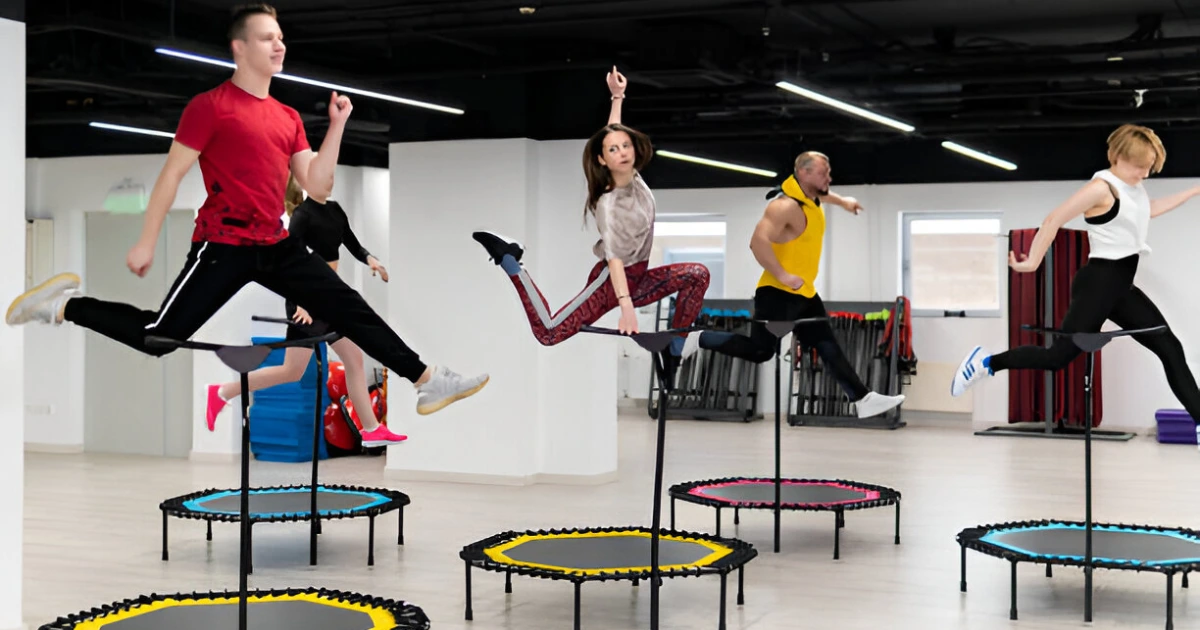How We Think: A Journey Through Fast and Slow Thinking
Table of Contents
Understanding Your Mind
Imagine making an important decision: Should you follow your instincts, or take your time to analyze every detail? This dilemma captures the essence of how our minds work—a constant interplay between fast, automatic thinking and slow, deliberate reasoning. The groundbreaking book Thinking, Fast and Slow by Daniel Kahneman uncovers these two systems, showing how they impact our daily lives, from the choices we make to the way we perceive the world around us.
Understanding these systems isn’t just for psychologists—it’s a skill that can enhance your decision-making, improve relationships, and help you achieve personal growth. In this article, we’ll explore these concepts in depth, making them practical and accessible for you.
H1: The Two Systems That Drive How We Think
H2: System 1 – Fast and Intuitive Thinking
System 1 is your mind’s automatic pilot. It’s quick, instinctive, and effortless. For example:
- When you hear a sudden loud noise, you jump immediately.
- Reading a sentence in your native language feels automatic.
While this system saves time, it often relies on shortcuts (called heuristics), which can lead to errors or biases.
H2: System 2 – Slow and Deliberate Thinking
System 2, on the other hand, requires effort. It kicks in when you solve a math problem, make a big decision, or evaluate a complex situation. Examples include:
- Analyzing the pros and cons before buying a car.
- Planning your monthly budget.
System 2 is crucial for making logical, informed decisions but can feel mentally exhausting.
H1: Why Understanding These Systems Matters
H2: The Impact on Everyday Decision-Making
When to rely on instinct and when to pause and deliberate:
- System 1 helps in emergencies or routine decisions (e.g., driving familiar routes).
- System 2 is ideal for critical choices (e.g., career changes, financial investments).
Balancing both systems helps prevent impulsive mistakes and overthinking.
H3: Recognizing Cognitive Biases
Biases often stem from System 1. Examples include:
- Anchoring Bias: Relying heavily on the first piece of information.
- Confirmation Bias: Favoring information that supports existing beliefs.
- Availability Bias: Judging based on recent or vivid experiences.
Awareness of these biases helps you identify when System 2 should step in.
H1: How to Strengthen Your Thinking Skills
H2: Exercises for Engaging System 2
Sharpening your analytical abilities doesn’t have to be complicated. Start with:
- Mindfulness Practice: Train yourself to pause before acting.
- Journaling: Reflect on decisions to spot patterns.
- Critical Thinking Challenges: Solve puzzles or debates.
H2: Building Trust in System 1
System 1 thrives when informed by knowledge and experience. To refine it:
- Gain Experience: The more you practice something, the sharper your instincts.
- Read Widely: Expand your knowledge to enrich your mental shortcuts.
- Seek Feedback: Test your instincts and learn from mistakes.
H1: FAQs on How We Think
H2: What Is System 1 Thinking in Simple Terms?
System 1 is the automatic, fast-thinking mode of your brain, useful for everyday tasks and snap decisions.
H2: How Can I Improve My Decision-Making?
Learn to pause and activate System 2 for important choices. Practice mindfulness, gather information, and challenge biases.
H2: Can You Rely Too Much on System 2 Thinking?
Yes, overthinking can cause analysis paralysis. Find a balance by trusting informed instincts when necessary.
H1: A Practical Guide to Everyday Use
H2: When to Rely on Fast Thinking
- Reacting in emergencies (e.g., braking in traffic).
- Making habitual decisions (e.g., daily routines).
H2: When to Slow Down
- Deciding on big purchases.
- Resolving conflicts or relationship issues.
H3: Tools for Better Thinking
- Flow Charts: Map out decisions to evaluate outcomes.
- Decision Trees: Break down complex problems step by step.
- Mind Maps: Explore ideas visually to uncover new insights.
H1: The Power of Understanding Yourself
By understanding how System 1 and System 2 operate, you’re better equipped to navigate life’s complexities. You’ll know when to trust your intuition and when to pause and evaluate. These skills don’t just lead to better decisions—they empower you to become the best version of yourself.
Conclusion: A Path to Smarter Thinking
Understanding how we think is the first step toward smarter, more intentional decision-making. Whether it’s a quick choice or a life-changing decision, knowing when to rely on your fast-thinking instincts or your slow, deliberate reasoning makes all the difference.
Take control of your mind. Reflect, practice, and grow. After all, better decisions lead to a better life.







